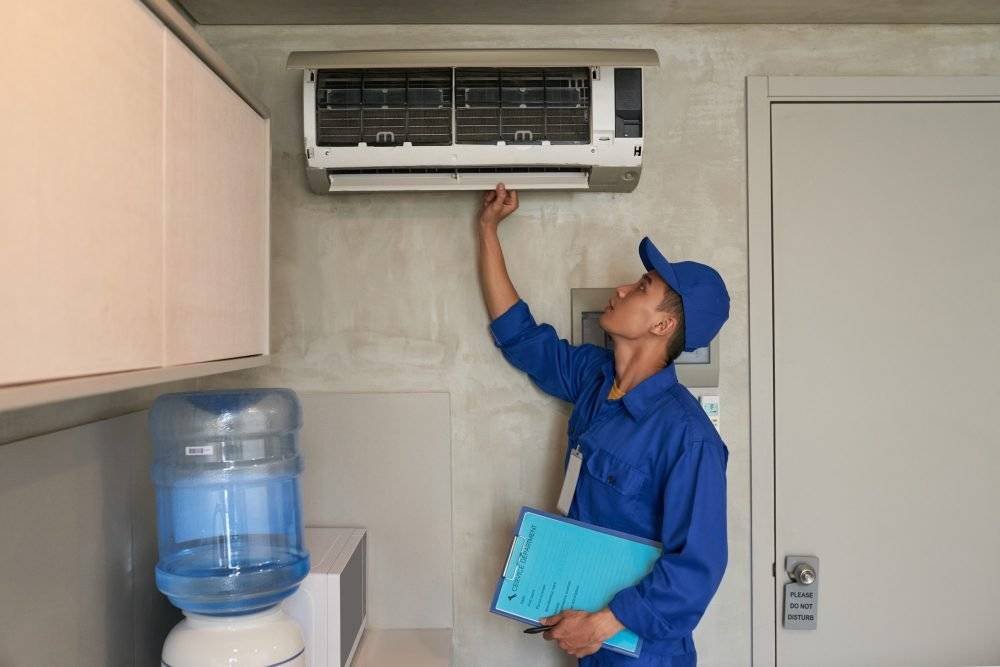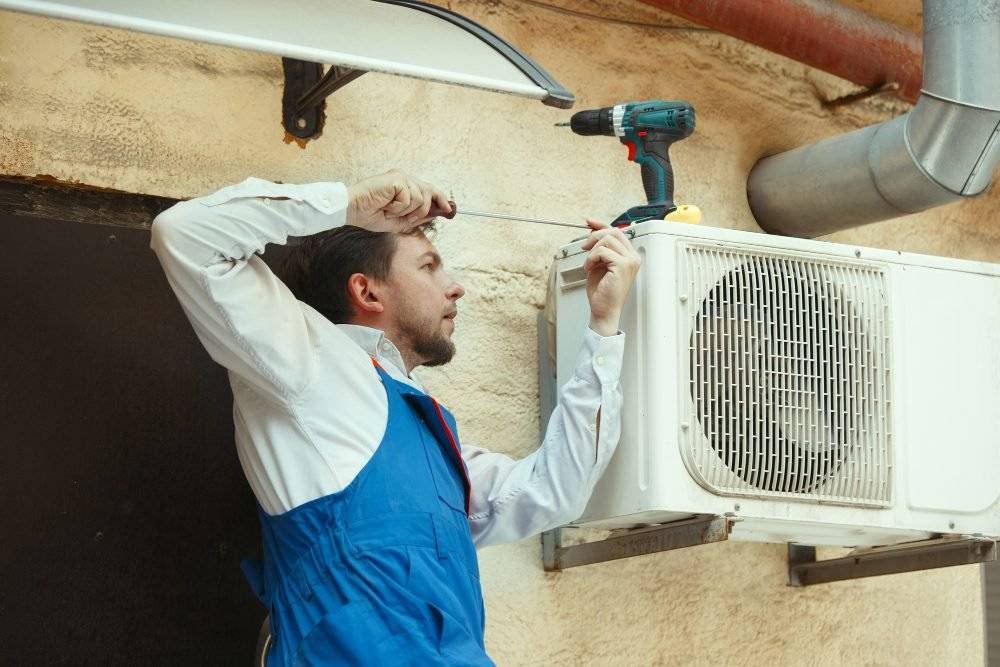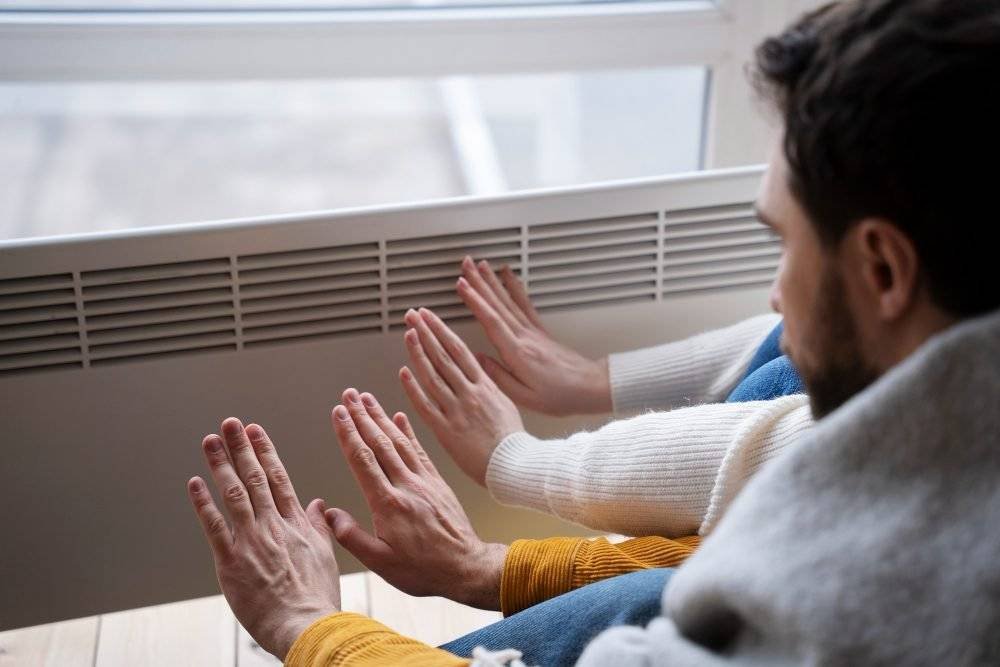SERVICES
Installation/Replacement
Air conditioning installation or replacement involves the process of fitting or upgrading an air conditioning system in a building or a specific space. Whether it's a residential home, commercial establishment, or industrial facility, the goal is to ensure efficient cooling and comfort for occupants while considering factors like energy efficiency, cost-effectiveness, and environmental impact.
The process typically begins with an assessment of the space to determine the most suitable type and size of the air conditioning unit(s) needed. Factors such as the size of the area to be cooled, insulation, layout, and local climate are considered during this stage.
Once the requirements are identified, the installation or replacement process unfolds in several steps:
Preparation
This involves clearing the installation area, ensuring proper access for technicians, and possibly making any necessary modifications to accommodate the new system.
Selection of Equipment
Based on the assessment, the appropriate air conditioning units, duct work, thermostats, and other components are selected. Energy-efficient models may be preferred to minimise operating costs and reduce environmental impact.
Installation of Ductwork (if applicable)
For central air conditioning systems, duct-work may need to be installed or modified to distribute cooled air throughout the building. This step requires careful planning to optimise airflow and minimise energy losses.


Repair/Maintenance
Air conditioning repair and maintenance are essential processes to ensure the optimal performance, longevity, and efficiency of an air conditioning system. These services are crucial for both residential and commercial spaces to maintain comfort levels and avoid costly breakdowns. Here's a detailed description of air conditioning repair and maintenance:
Regular Maintenance Checks
Scheduled maintenance checks are conducted at regular intervals, typically annually, to inspect and tune up the air conditioning system. During these checks, technicians examine various components such as filters, coils, fins, refrigerant levels, electrical connections, and thermostat settings. Any issues or potential problems are identified and addressed promptly to prevent major breakdowns.
Cleaning and Replacement of Components
Over time, dust, dirt, and debris can accumulate within the air conditioning system, leading to reduced efficiency and airflow. During maintenance visits, filters, coils, and fins are cleaned or replaced as needed to ensure unrestricted airflow and optimal heat exchange. Dirty components are thoroughly cleaned to prevent mold growth and maintain indoor air quality.
Refrigerant Check and Leak Detection
Proper refrigerant levels are crucial for the efficient operation of an air conditioning system. During maintenance visits, technicians check refrigerant levels and inspect for any leaks in the system. If refrigerant levels are low or leaks are detected, repairs are performed to restore optimal performance and prevent further damage.


Air Quality
Air conditioning plays a significant role in maintaining indoor air quality (IAQ), which refers to the cleanliness and purity of the air within a building. While air conditioning primarily focuses on cooling and regulating temperature, it also has important implications for air quality. Here's a description of how air conditioning affects air quality:
Filtration
Modern air conditioning systems are equipped with filters that trap dust, pollen, pet dander, mold spores, and other airborne particles as air circulates through the system. These filters help improve IAQ by removing pollutants and allergens from the air, making it cleaner and healthier to breathe.
Humidity Control
Proper humidity levels are essential for maintaining good IAQ. Air conditioning systems help regulate humidity by removing excess moisture from the air during the cooling process. By controlling humidity levels, air conditioning systems can prevent the growth of mold and mildew, which thrive in damp environments, and create a more comfortable indoor environment.
Ventilation
Some air conditioning systems, particularly centralized systems, incorporate ventilation components that bring in fresh outdoor air while expelling stale indoor air. This helps dilute indoor pollutants and replenish oxygen levels, improving IAQ and promoting a healthier indoor environment.




